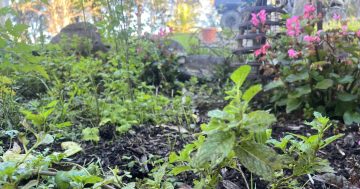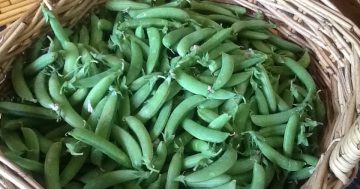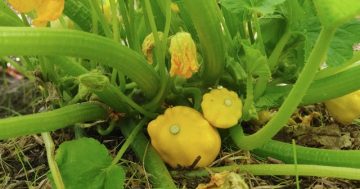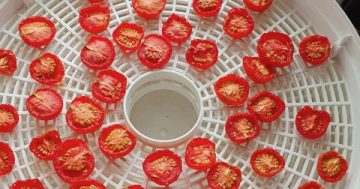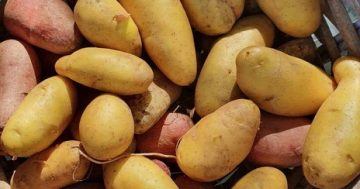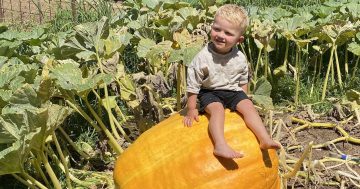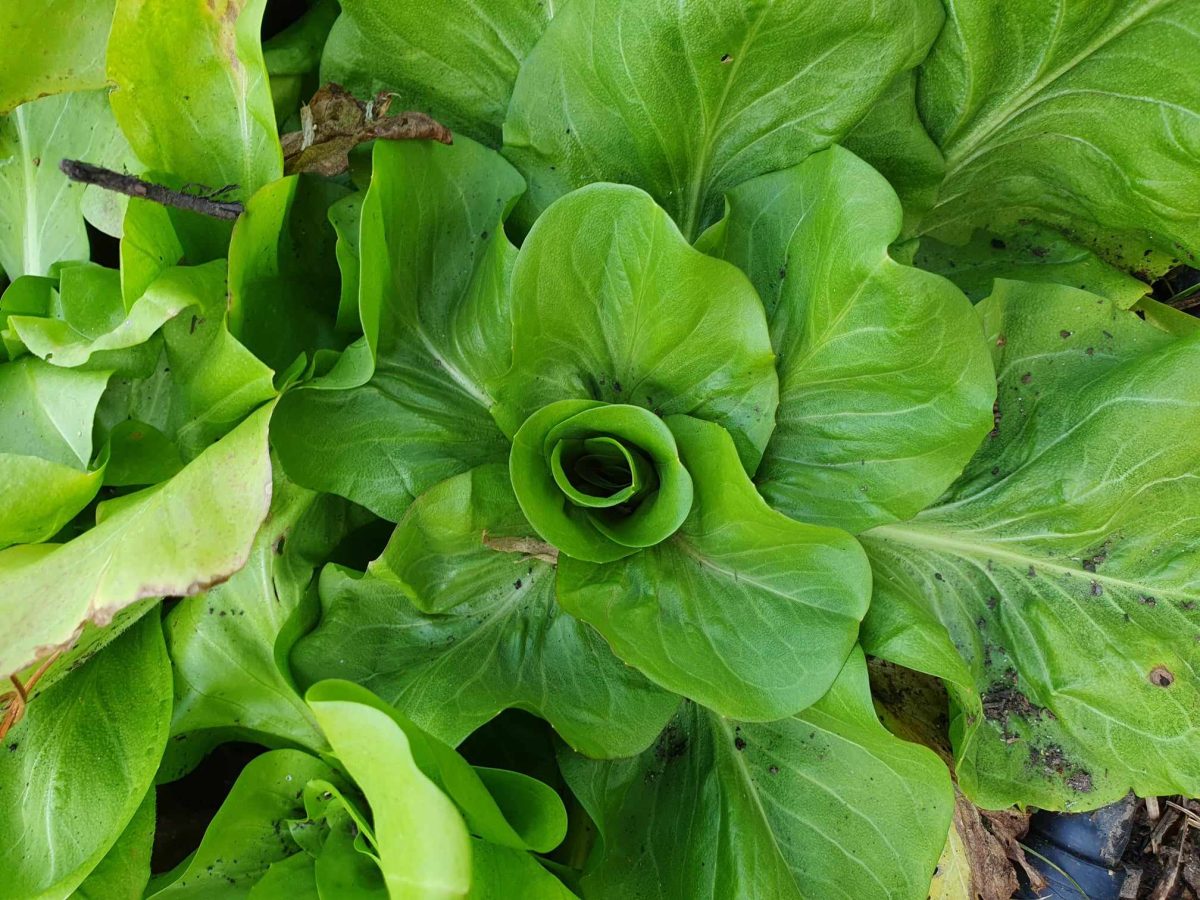
Radicchio is an annual that survives the cold very well. Photo: Supplied.
Perennial vegetables grab our attention this month, as do fruit trees such as pears, apples, and all the stone fruits and nuts.
Perennial vegetables are a surprisingly large group and can include horseradish, asparagus, rhubarb, strawberries, globe artichokes, perpetual spinach, radicchio, kale and French sorrel.
Jerusalem artichokes (aka sunchokes) are also categorised as perennial vegetables, but having grown them (whether I wanted to or not), I believe they are in a very small but especially annoying category that should be referred to as “eternal vegetables”. These are vegetables you can never get rid of, no matter what you do. Mint is another member.
There are many others, of course, in both categories, but some are warm temperate plants and do not grow well in our cooler region. Choko and Egyptian walking onions are delicious examples, but sadly, they don’t like our cold winters.
Kale is a surprising member of this group as it is mainly grown as an annual. However, it can be grown as a perennial, growing almost tree-like. Kale is a brassica and is well-known as a superfood because of its high nutritional value, so it is certainly worth growing to add green to winter soups and stews.
As it grows, the stem of the plant grows taller and thickens, and the rosettes of leaves can be harvested from the bottom up. You can stake the stalk to support it and encourage an upright stance. The secret to keeping it growing for a few years is to remove the flowers as they start to bloom in spring. The plant can flower over a month or two, but if you keep removing those flower heads, eventually, it will stop flowering and continue to grow upwards.
Caring for perennial vegetables is not challenging and the rewards of maintenance work are vigorous growth and abundance in the year that follows.
The first task is stripping dead or old leaves and a general trim and tidy up for the plant.

Rhubarb needs a trim and tidy at the moment. Photo: Supplied.
For strawberries, you should remove excess runners. For young plants, remove all runners; for well-established plants, leave two to three runners.
It is also time to remove suckers from globe artichokes, which can be replanted to extend the crop. Rhubarb can be divided, as well as sorrel. Sorrel usually seeds heavily in spring, so if you don’t want it popping up all over the garden, remove the heading stalks as they appear. The plant copes well and will keep producing edible leaves.
The final maintenance activity is fertilising.
Perennial vegetables love a heavy application of well-rotted animal manure to set them up for growth later on. Horse manure is great, as is cow manure (if you can get it). A bit of lime/dolomite mix can be added, as well as a little blood and bone. Many gardeners only add top or side dressing to these plants in early spring, but experience suggests these plants, especially those that die back completely, benefit from being “put to bed” for the winter under a thick layer of well-rotted manure or compost.
From a planning perspective, it means one less job to do in spring when there are so many other jobs demanding your attention.
If you have cabbage plants that have already been harvested in the garden during winter but not removed, you will see side growths of leaves that become clumps, which will turn into mini cabbages if you let them. You can eat the young leaves and not wait for the cabbage to form. However, the little cabbages that eventually grow are lovely and sweet and an ideal meal for one or two people. The little red cabbages look particularly fetching in a bowl together.
Cabbage is a biennial vegetable, meaning that technically it goes to flower and seeds in its second year. It can keep producing little cabbages until then. However, this is not a fast process, so if you have limited space, it would probably just be better to make new plantings of cabbage.

Veggies are growing well under frost protection despite the cold weather. Photo: Supplied.
All seedling plantings this month will benefit from being planted under frost protection. All the brassica – cabbage, cauliflower, kale, chard, broccoli and broccolini – are very cold and hardy and will cope without frost protection. However, the young seedlings will benefit from growing under cover. Everything grows very slowly at this time of year, so a bit of protection can assist with general growth.
Asian leafy greens, English spinach, leeks and winter lettuce can also be planted now, but patience is still required as everything will be slow. Don’t forget to protect the emerging cauliflower and broccoli heads from frost. Either put a black plastic flower pot over the heads or tie the large outer leaves together over the heads so they form a little protective tent. The leaves provide surprisingly very effective frost protection.
Bronwyn Richards and Helen Lynch run Wynlen House Artisan Village Farm and Learning Centre, a small village organic market garden in Braidwood, NSW. Since 2006 they have grown and sold fresh vegetables, eggs, preserves and garlic, and teach others to do the same.
Original Article published by Helen Lynch on Riotact.







